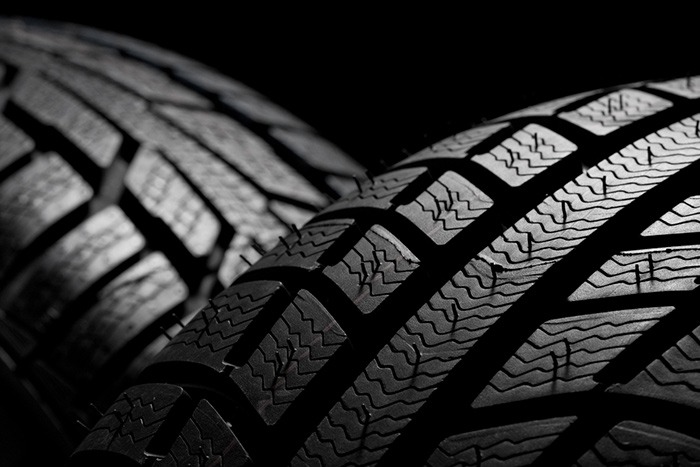
Worn and damaged tyres can have a significant impact on the handling and safety of your vehicle so it’s important to replace them at the first signs of wear and tear. With dozens of tyre manufacturers producing an endless array of options, purchasing new tyres can be an overwhelming experience. Safe T Tyre is proud to supply Australia’s favourite tyre pressure monitoring system (TPMS). On-road safety is our priority, and we understand that replacing worn tyres is a vital factor in the overall safety of your car. Let’s look at a few things you need to take into consideration when choosing tyres.
Which Tyres Are Correct for My Car?
Not all tyres suit all cars. Car manufacturers perform rigorous testing to ensure the tyres fitted to each model provide the perfect balance of handling, braking, efficiency, wear rate, ride comfort and road noise. It is crucial that you replace your tyres with the tyres originally specified by the car manufacturer. You can find this information in the owner’s manual. The manual will identify the right size, speed rating and load rating, however it will not typically suggest a brand. Whether you choose to use the brand that was fitted when the car was new or opt for a different one entirely, it is best to ensure your two front tyres are of the same brand, and the two rear tyres are the same.
Should I Replace All 4 Tyres?
While you don’t necessarily need to buy four new tyres if only a couple are worn, you should try to buy in pairs as this will help to prevent issues with uneven wear or alignment. When replacing two tyres, it’s recommended that you put the new ones on the front of the car as this is where most of the braking, steering and handling happens. Different brands have different handling characteristics so the same brand is often recommended for all four tyres.
Do I Need a Wheel Alignment?
Although not necessary, it is a very good idea. A wheel alignment helps ensure that all four new tyres are correctly angled with each other and the road. Without it, you may experience a rough ride and experience uneven tyre wear earlier than normal, which isn’t ideal if you have just invested in brand new tyres.
How Much Should I Spend?
Tyres range in price from $100 to $1000 each so it’s often hard to know how much you should spend. As a general rule, a more expensive tyre is often a better tyre. Higher quality tyres will usually grip a little better and may offer other qualities, such as reduced rolling resistance (for better fuel economy) and lower noise levels. How much you pay for tyres will also depend on what vehicle you’re putting it on. Luxury, high performance cars will have large tyres with a low profile. They’ll also demand a high speed rating, so they will cost you more. Smaller cars and family cars typically have more affordable tyres as there are more options available. Be cautious of simply going for the cheapest option, super cheap tyres are often cheap for a reason.
How Do I Get the Most Out of My New Tyres?
Once you have fitted your new tyres, you might be wondering how you can prolong their life, especially if you have chosen a more expensive option. One of the best ways to keep your tyres in good condition for longer is to ensure the tyre pressure is always correct. Incorrect air pressure accelerates wear and can impair grip and stopping ability, and underinflated tyres will significantly impact fuel efficiency. To maintain correct pressure, a tyre pressure monitoring system (TPMS) is the ideal solution. This feature uses sensors to report real-time pressure information and alerts the driver to any changes.
Purchase Your TPMS Today
If you have just replaced the tyres on your car, make sure they last as long as possible with a tyre pressure monitoring system from Safe T Tyre. Call us today on 1800 876 700 or get in touch with us online now to get a high quality, affordable TPMS delivered direct to you.

